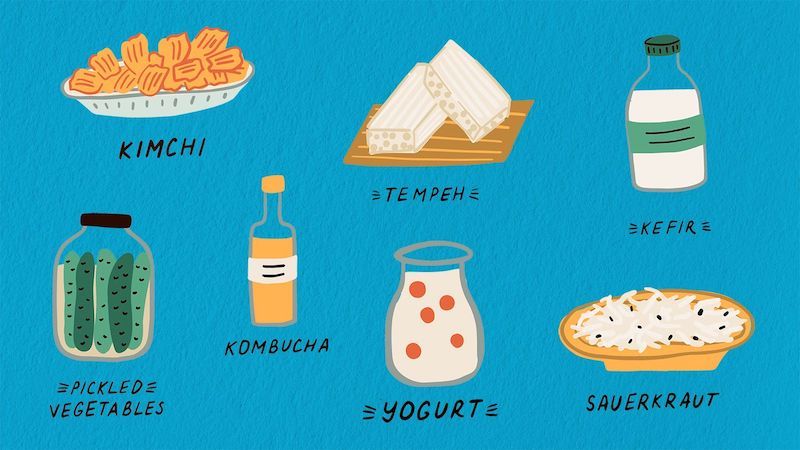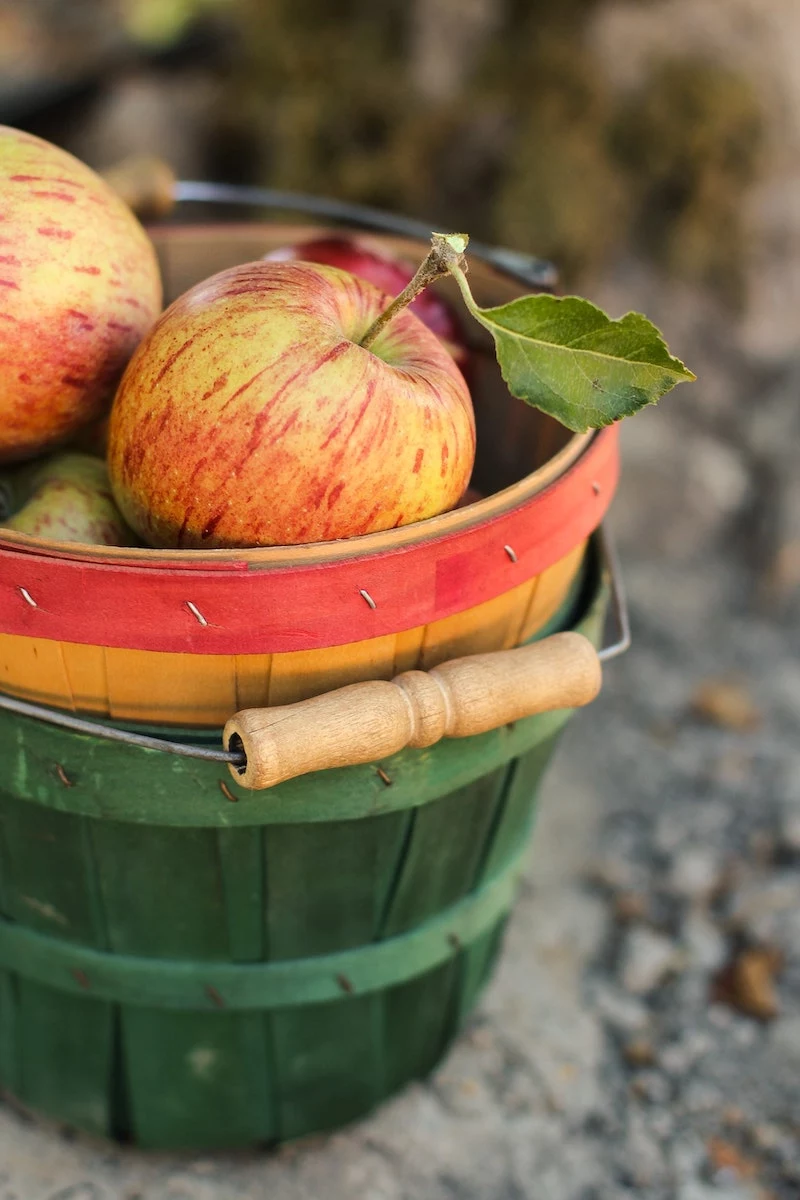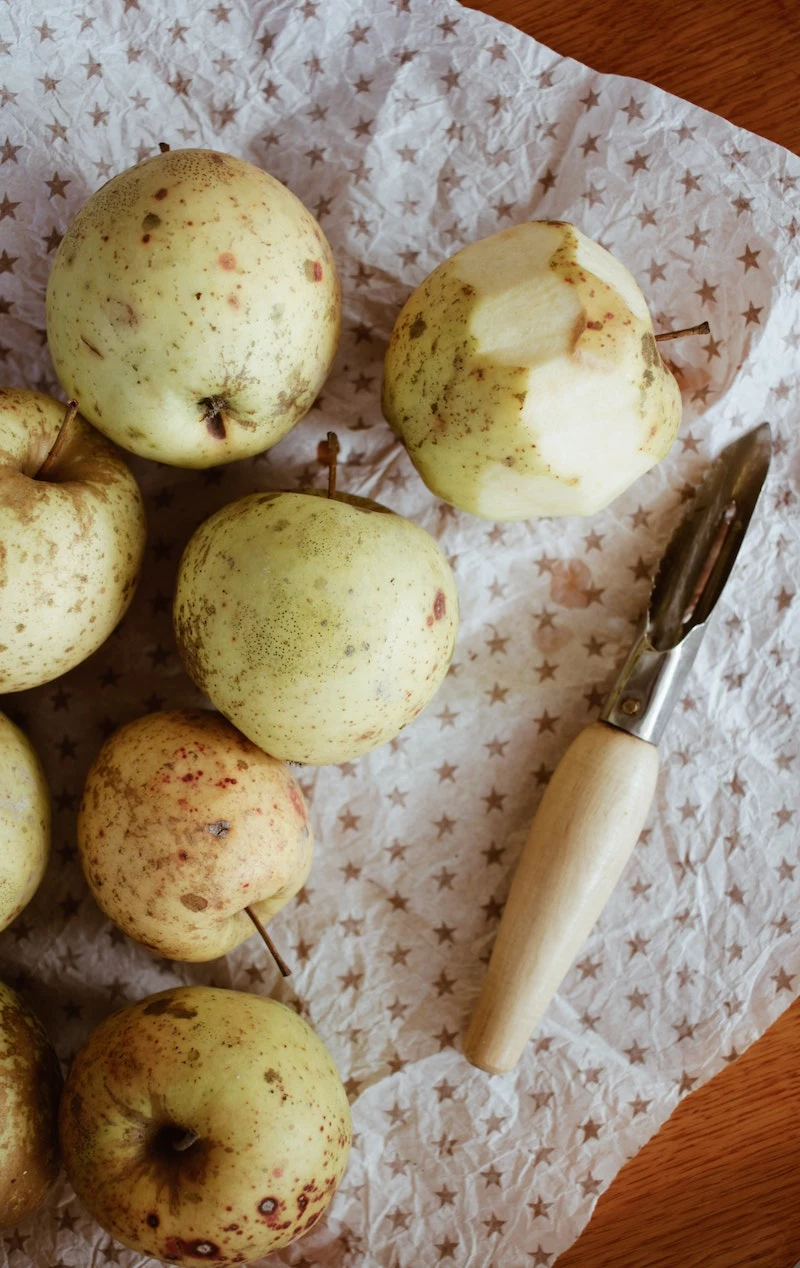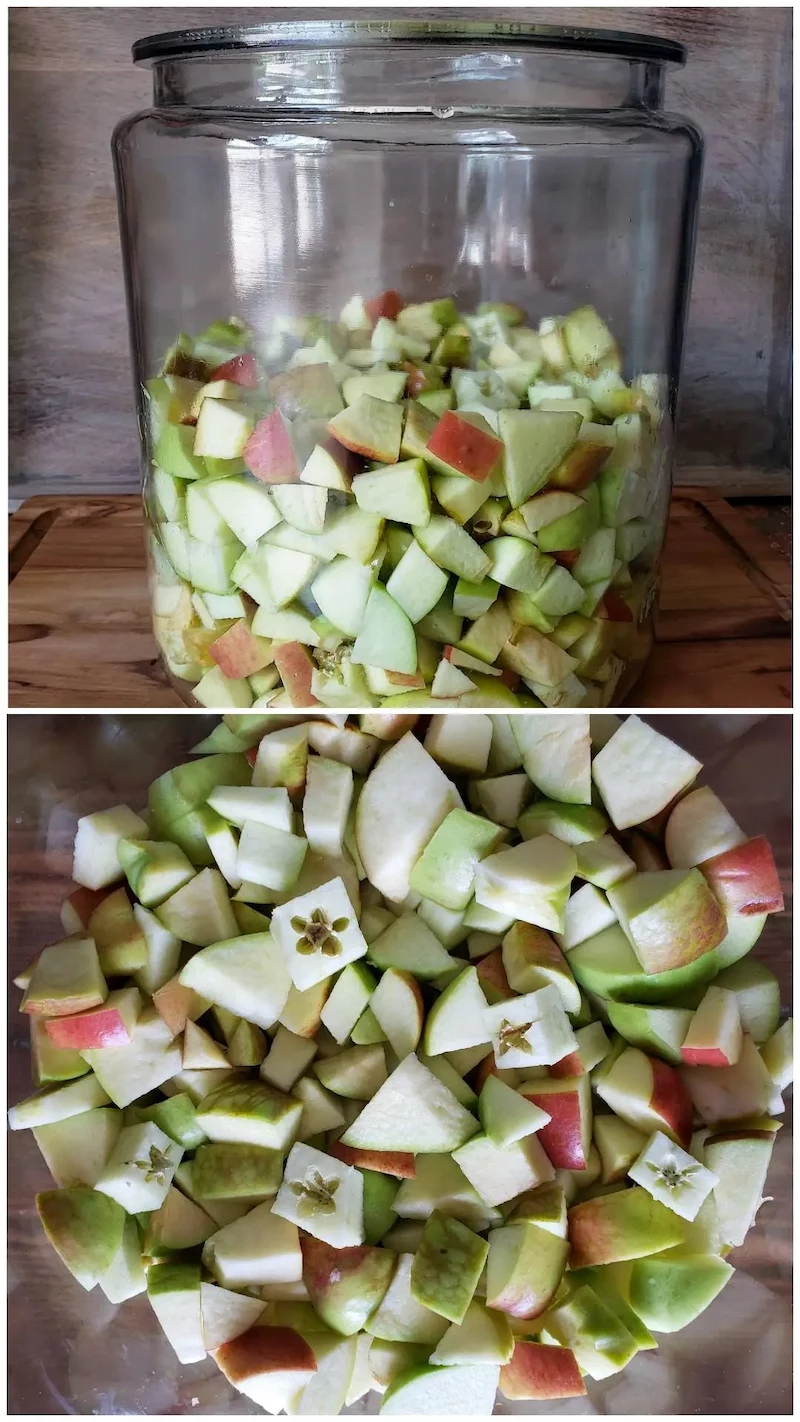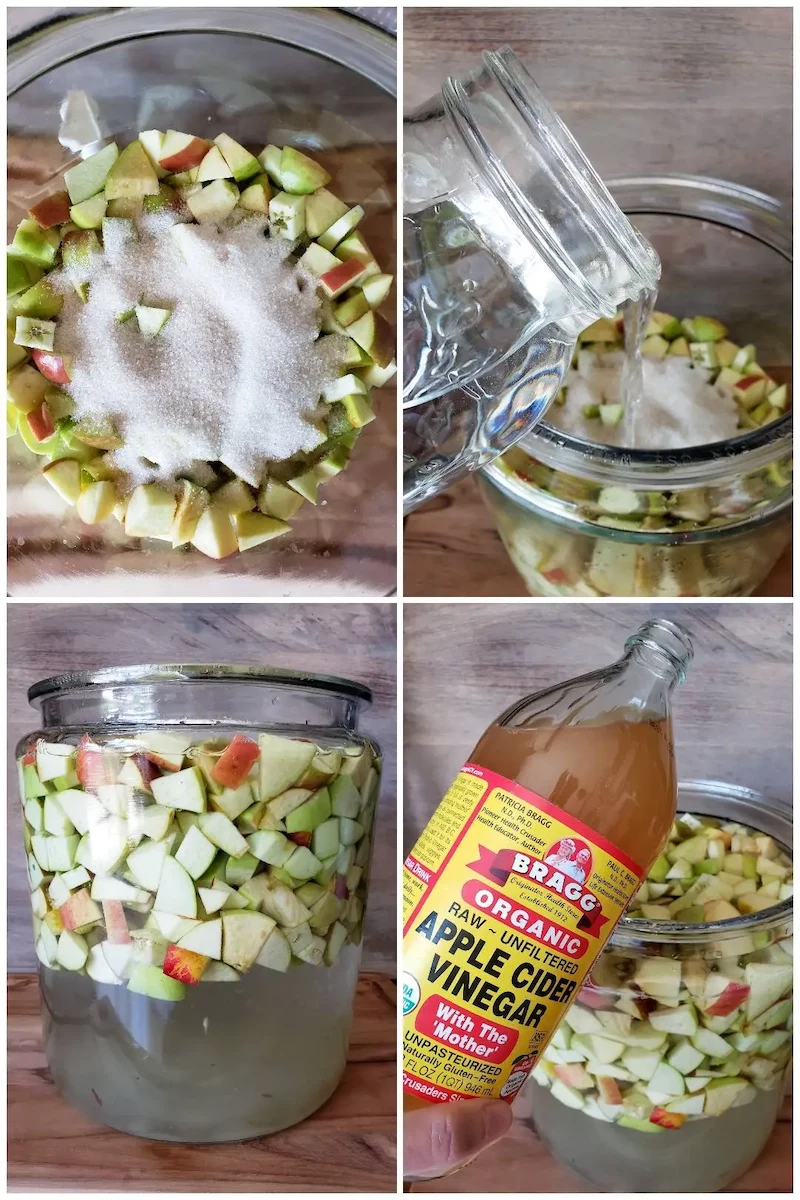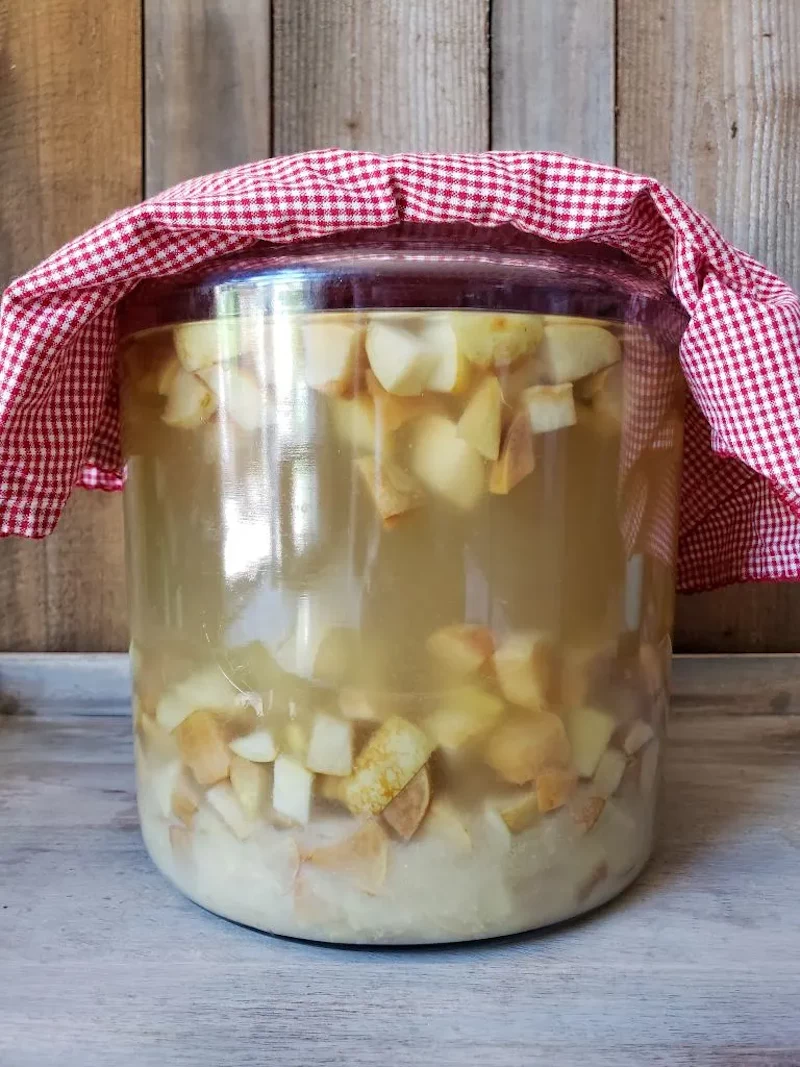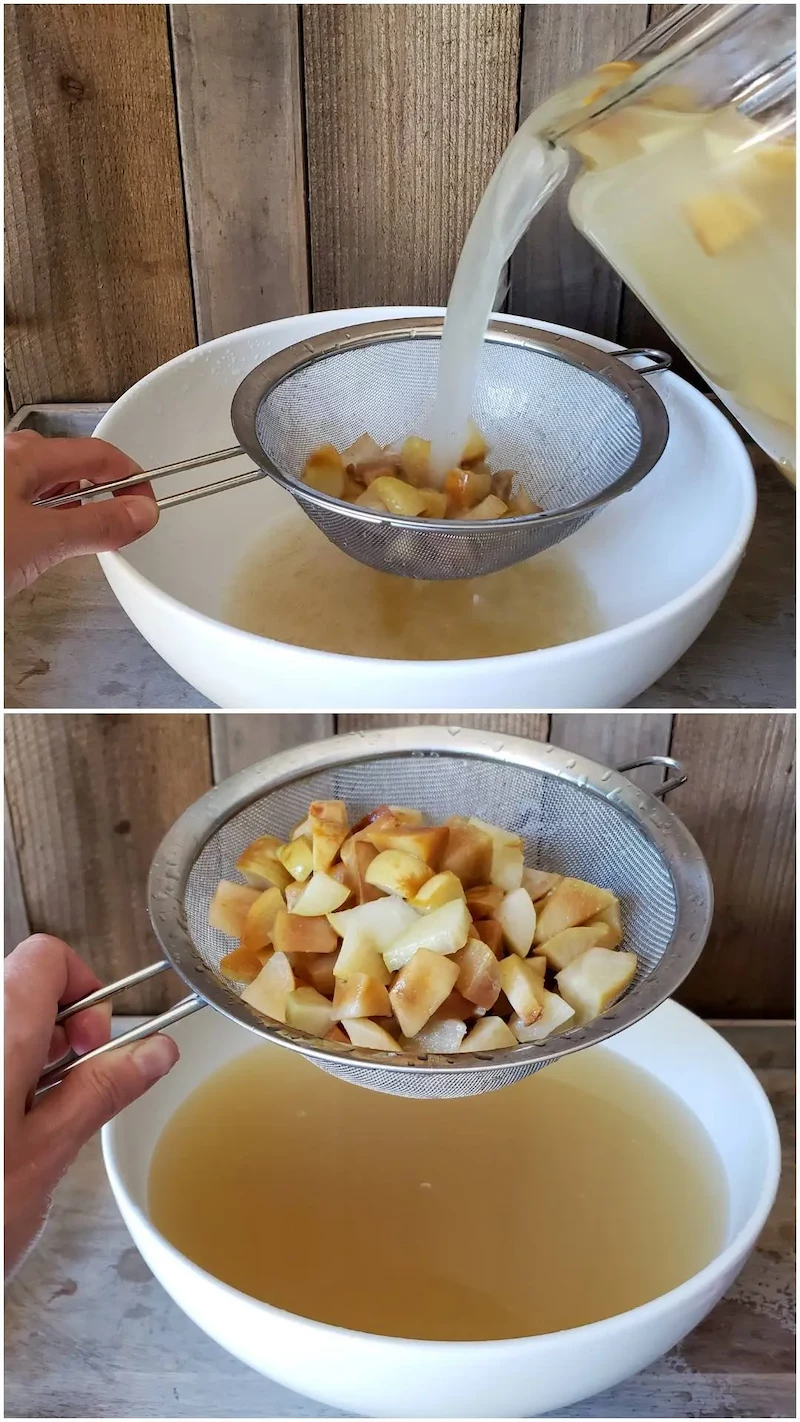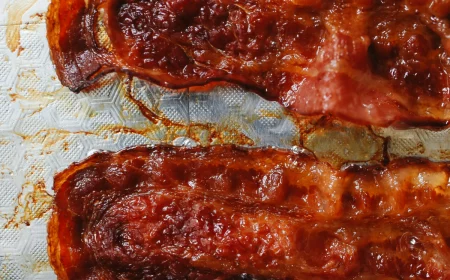How to Make Homemade Apple Cider Vinegar from Old Apples
Good food is undoubtedly the foundation of health and good physical shape. We are all trying to eat more fruits and vegetables, healthy fats, protein, fiber, and probiotics. Is there a way to get these valuable nutrients without buying extra supplements? The answer is yes, especially when it comes to probiotics. They are vital for gut health, urinary health, skin condition, reducing inflammation in the body, and our immunity. A good gut flora will guarantee us protection from bacteria and fungi, as well as robust health, no matter the season. So what better than to make your own homemade apple cider vinegar full of probiotics from scratch? You can use leftover apples that are old or bruised to make your own zero-waste vinegar. Continue reading, to find out just how easy it is :
Grab your leftover apples and let’s make some homemade apple cider vinegar
Which foods contain probiotics?
These probiotic foods include pickles, olives, kefir, yogurt, fermented foods, kombucha, miso, kimchi, and vinegar. However, let’s not forget that in order to get the greatest benefits from these products, they must be of the best possible quality. The best way to be sure of their composition is if we produce them ourselves! There is an easy way we can do this when it comes to homemade apple cider vinegar. As well as being a tasty addition to any summer salad, apple cider also has a lot of health benefits. Probiotic foods are the best thing you can eat for your gut health.
Along with vinegar, these are the most popular probiotic foods
Making your own homemade apple cider vinegar is also absolutely zero-waste
How to make apple cider vinegar at home?
Things you will need:
- some apples (use old or bruised apples, it works better)
- a glass jar
- a large tight elastic band
- some white sugar
- clean water
- a thick piece of cloth
Using homegrown apples is ideal, but not absolutely necessary
Step-by-step Instructions:
- The first step in making the vinegar is to cut up the apples. You can choose any kind of apples, even mix several varieties.
- Clean them of seeds, cut them into quarters, and then cut each quarter in half.
- Add the large cubes to the jar. Some recipes use a number of apples to cover half the jar – in others, the amount fills the whole jar. Make your vinegar as you see fit.
- Then add sugar (and even a splash of vinegar) to start the fermentation more easily. For a large jar, use a large cup of sugar: for a smaller one, a coffee cup.
- Stir well (preferably with a wooden spoon) until the sugar dissolves.
- Cover the jar with a piece of cloth (the vinegar ferments faster in the dark) and put it in a cellar or pantry.
Get your bruised apples and start peeling them before cutting them into smaller pieces
Add enough apples to cover half of the glass jar
Photo by Homestead and Chill
Then add sugar and a splash of vinegar to start the fermentation more easily
Photo by Homestead and Chill
The first week
Stir the vinegar once each day for the first week. This is done to prevent mold from forming.
Day 8th-14th
From day 8 to day 14 you can stir every day or every other day.
This is how your jar of homemade apple cider vinegar should look like
Photo by Homestead and Chill
Day 15th-22nd
Somewhere around the 15th to 22nd day, you should notice a lot of bubbles in the jar – this is a sign of good fermentation. When you open the jar, the smell should be reminiscent of alcohol. Stir every 2-3 days.
You will notice a lot of bubbles in the jar – this is a sign of good fermentation
Photo by Homestead and Chill
Day 23rd-30th
By the 23rd to 30th day, the bubbles in the jar should have settled down. This is a sign that the first fermentation is over, and it’s time for the second.
Day 31st or 32nd
Separate the apples (on the 31st or 32nd day) from the liquid – this is your vinegar that is not ready just yet. Move it to a clean jar and screw on a metal cap (but not tightly, just put the cap on top).
Tip: If you wish – you can make fermented apple juice from the apple pieces left over from the first fermentation – add them to fresh apple juice, put a piece of cloth on top, and after 3 days stop the fermentation. Strain and keep in the fridge.
Separate the apples from the liquid – this is your vinegar that is not ready just yet
Photo by Homestead and Chill
After 4 weeks
After 4 weeks, your vinegar will be ready to be consumed! If you wish – you can strain it. If you don’t use it but leave it more, after a month a ‘mother’ will form at the bottom. Or, the so-called ‘vinegar sponge’, which can be used to make new vinegar! Just add it to freshly squeezed apple juice. Stir periodically and in about a month you will have vinegar again. Vinegar is one of those foods that have no expiration date if stored properly!
After 4 weeks, your vinegar will be ready to eat and use
Photo by Homestead and Chill
Watch this video for an easy visual guide
Sources

